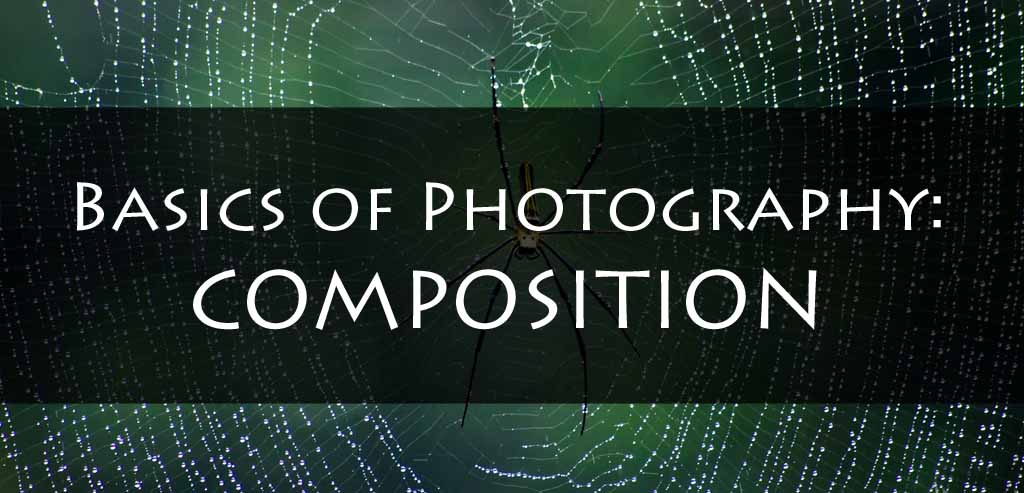Everyone sees and perceives the world differently. Photography has “little to do with what you see and everything to do with how you see it.” Two photographs of the same subject can have an entirely different impact on the viewer. The composition of the photo plays an important role on whether a photo is remembered for years or is forgotten within a few seconds.
The only rule in photography is that there are no rules. This post briefly explains a few composition guidelines that can be applied on most photos to help enhance the overall image.
Rule of Thirds
The rule of thirds is one of the most useful composition techniques in photography. If your image is divided by 2 vertical and 2 horizontal lines (to create 9 equal segments) then important elements should be aligned along the lines or intersecting points. Using the rule of thirds helps the viewer to easily locate the subject and is more pleasing to the eye.
In portrait photography this is usually achieved by placing the subjects body along the vertical line and the eye(s) along the horizontal.
When photographing landscapes, it is better to place the horizon closer to the lower horizontal line to avoid dividing the image into two equal halves.
Symmetry and Patterns
The world is full of geometry and patterns. It can be found in nature as well if observed carefully. Our eyes are naturally drawn to patterns in an image. Symmetry is best captured when the framing of the photo is in line with the subject.

Another way to use them is to break the pattern or symmetry which can be used effectively to draw attention to both the pattern and the object breaking it.
Point of View
As I mentioned earlier, the way you look at a subject is very important for a photo to have a lasting impact. Instead of just shooting from the normal eye level try going really close to the ground or maybe shoot from high above looking down at the subject.
By shooting from ground level, the subject takes control and has an imposing effect on the viewer. Shooting from above a subject will make the viewer feel bigger and in command of the situation. When shooting pictures of children, remember to bend down at least to their eye level. This helps you to take pictures from their perspective.
Cropping
Cropping is one of the most basic photo manipulation processes, and is performed in order to remove an unwanted subject or irrelevant detail from a photo, change its aspect ratio, or to improve the overall composition. It is done by removing the outer edges of the photo.
In photo-journalism cropping out a detail or a person which might change the meaning or purpose of the image is considered unethical.
Negative Space in Composition
Negative space is the area between and around objects in a photograph. Finding the right balance between the subject and negative space is important. When framing a photo it is best not to cram the subject into every square inch of the image no matter how interesting it might be.
Large amounts of negative space can sometimes be used to depict loneliness of the subject or vastness of the world around it.

Image by: Harsh Shah
As I mentioned at the start of the post, these are only guidelines and should not be considered as hard and fast rules. In the end its all about getting a better picture and if that means breaking any of these ‘rules’ gladly do so.
That’s it for this weeks Basics of Photography. If you have any questions or suggestions please do not hesitate to contact me through the comments section or on facebook.com/romeodsz.










